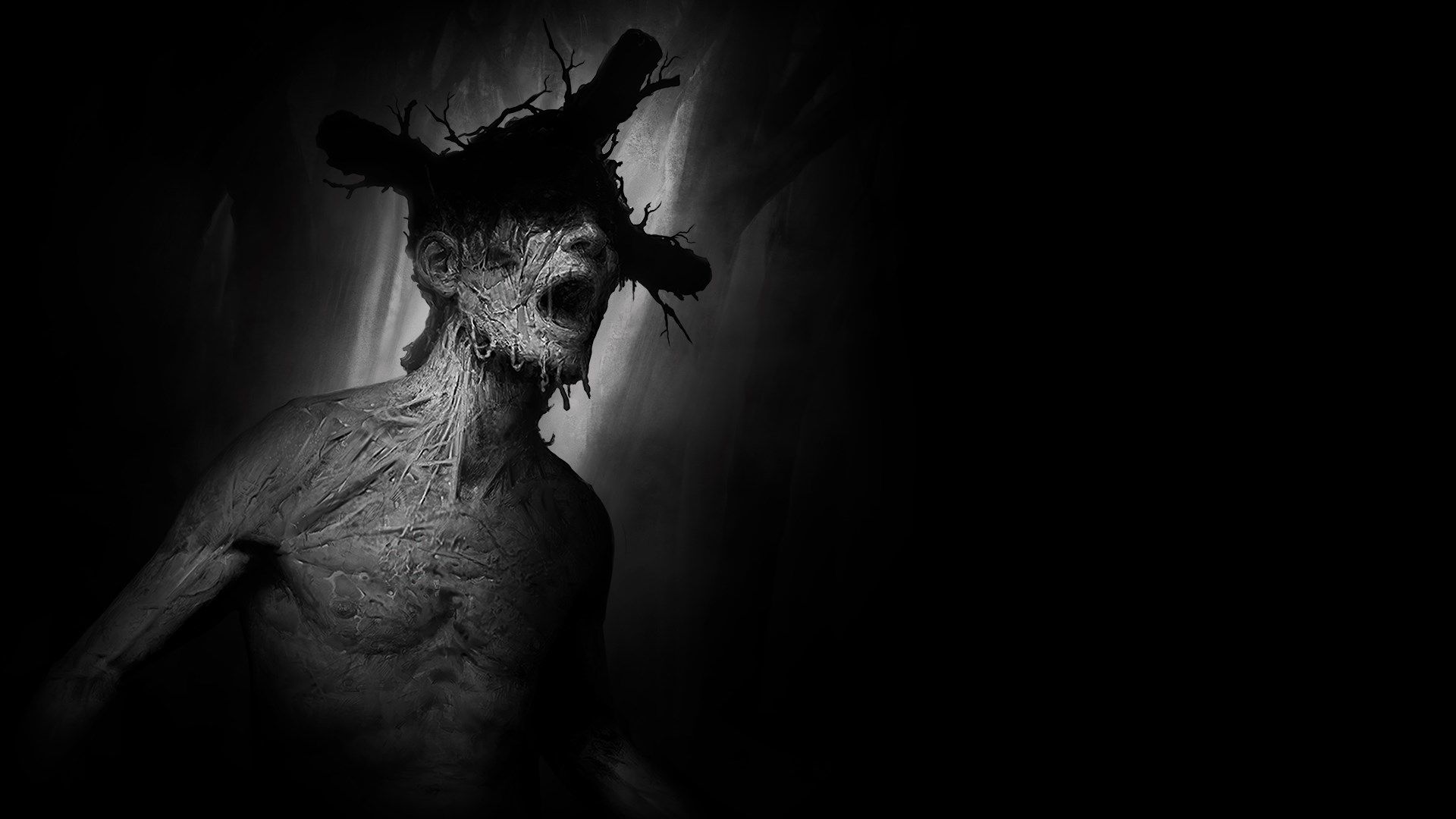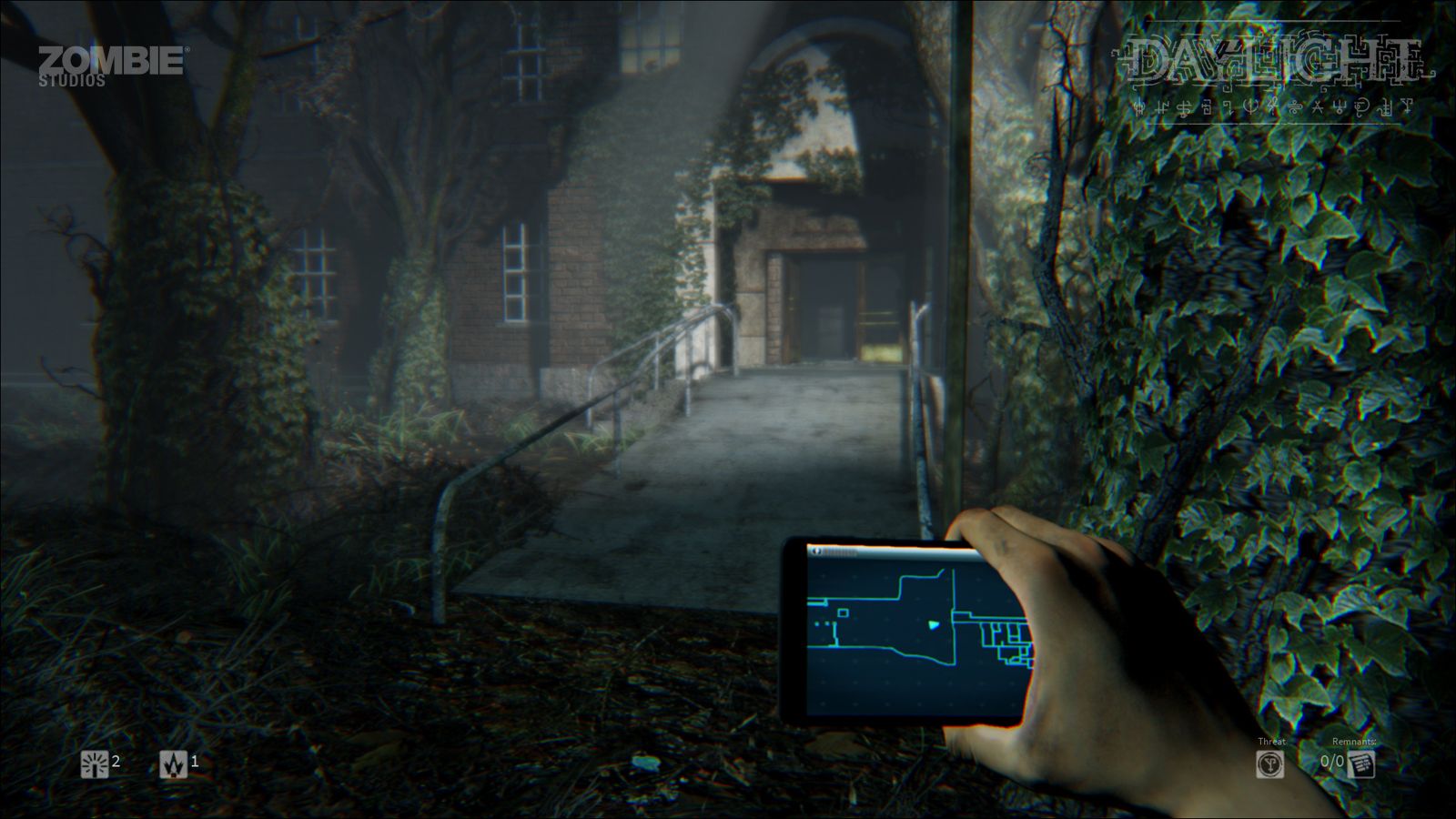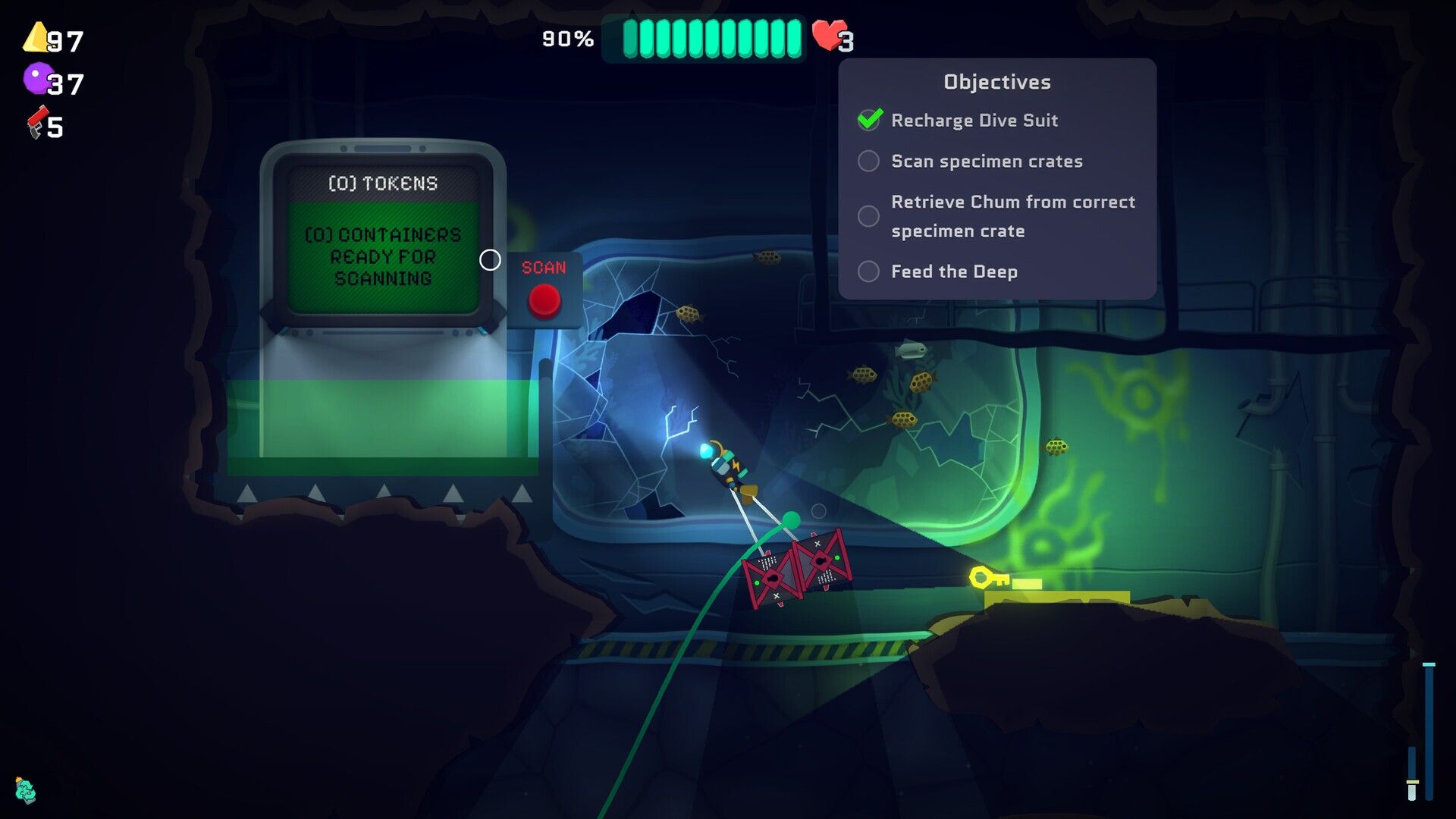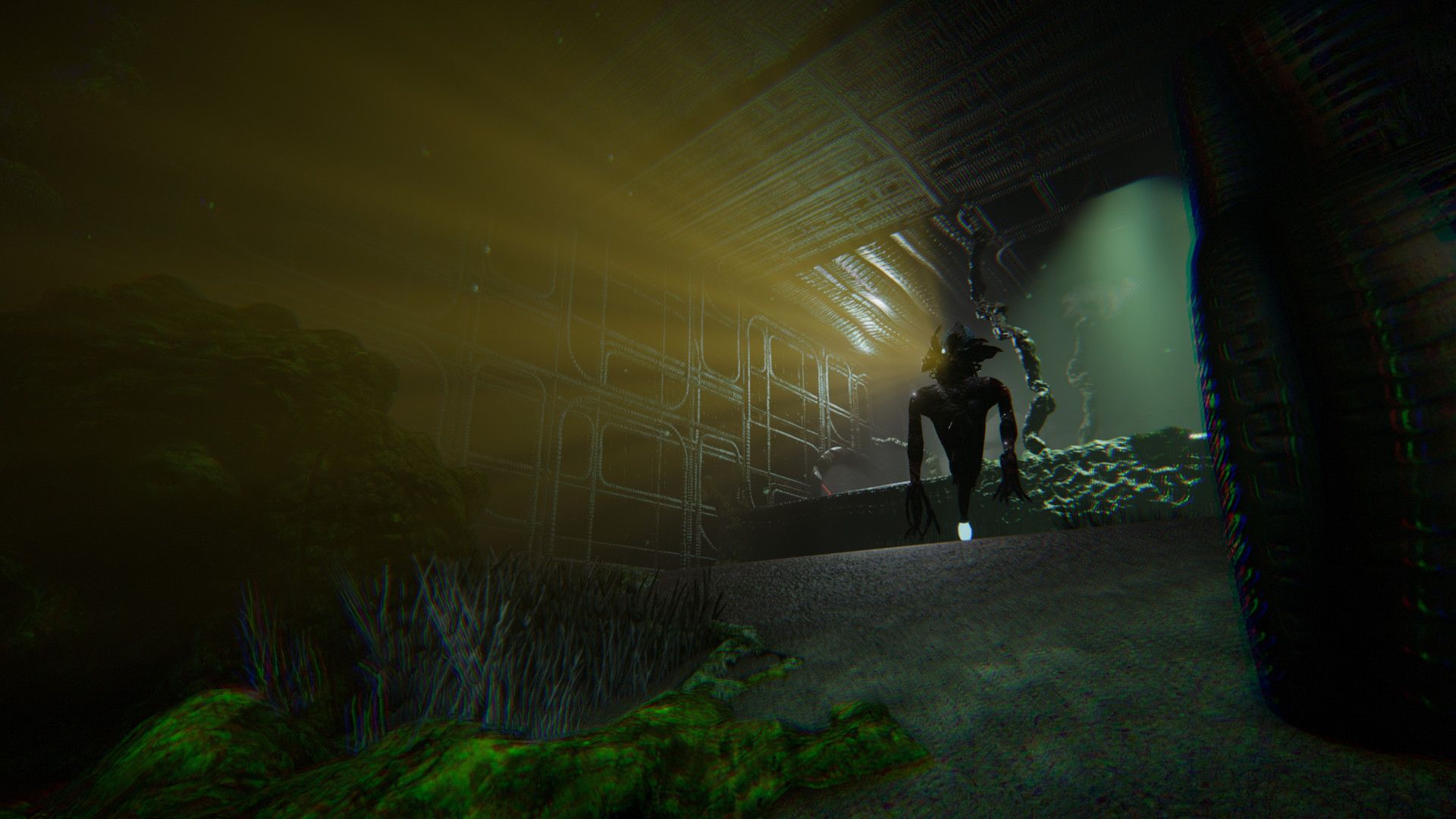Cosmodread
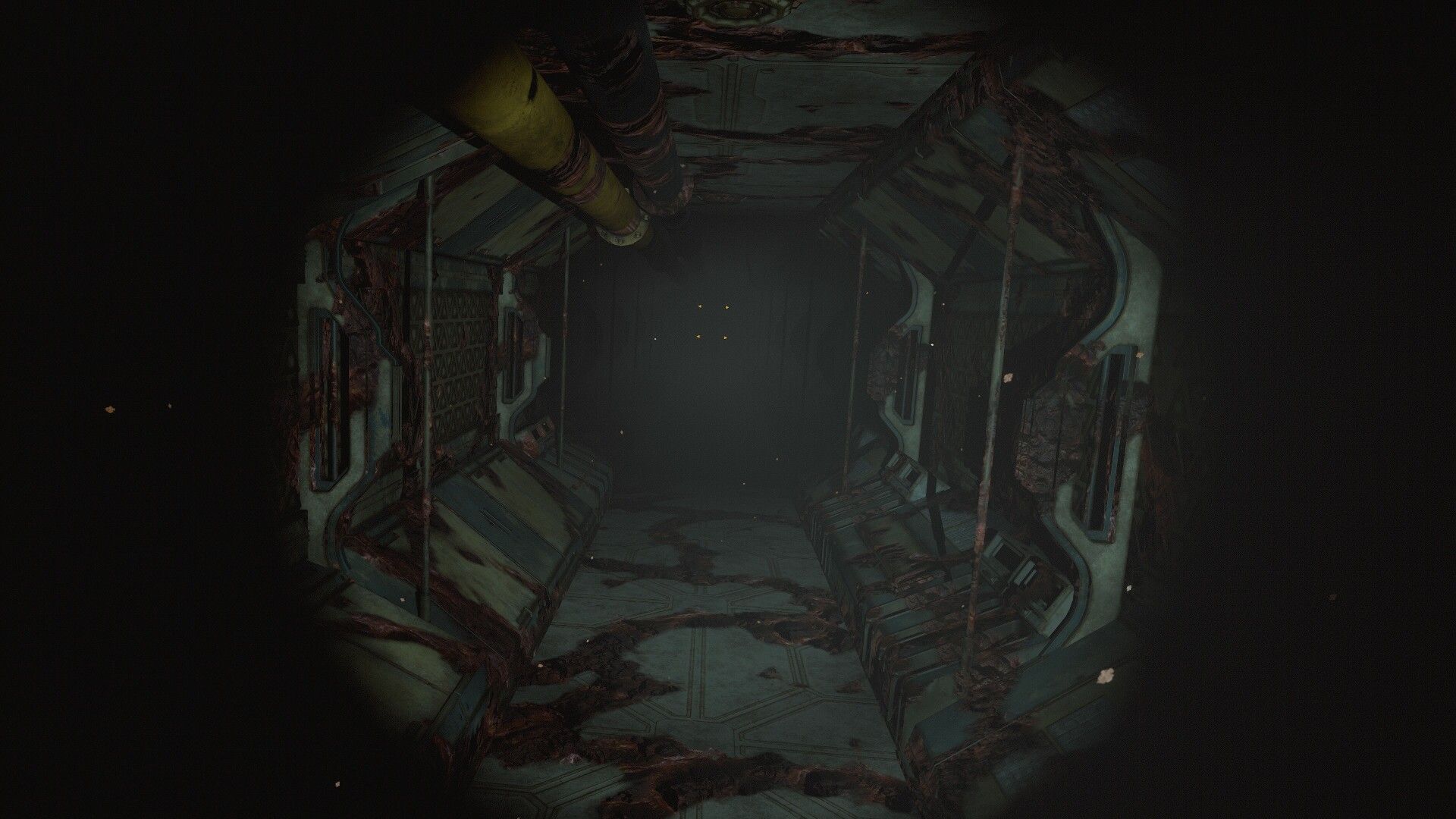
A Claustrophobic Masterclass in Atmosphere
Cosmodread excels in creating a constant, creeping dread. The narrow corridors of the drifting ship are oppressive and disorienting, and the impeccable sound design plays a major role—groaning metal, distant thumps, and organic echoes stir a primal fear. Procedural level generation reinforces this discomfort, ensuring that no area ever feels familiar or safe. It’s a game that doesn’t scream at you—it breathes down your neck.
Risk and Reward in Every Step
Exploration in Cosmodread is both necessary and dangerous. You’re driven to scavenge for ammo and supplies, but every unopened door could spell death. This tension transforms even mundane decisions into high-stakes gambles. There are no quest markers or guidance systems—just your instincts. This respect for player agency builds suspense organically and forces you to engage with the environment actively, not passively.
Narrative as Fragmented Reality
Rather than relying on cutscenes or dialogue trees, Cosmodread tells its story through found messages, cryptic symbols, and decaying surroundings. The result is a patchwork narrative where the player becomes the interpreter. It’s deliberately incomplete—an invitation to imagine what horrors came before. This ambiguity mirrors the best of Lovecraftian horror: what you don't understand is more terrifying than what you do.
Psychological Pressure Without a UI
There’s no sanity bar—but you’ll feel it eroding. The longer you play, the more every creak and breath gnaws at your nerves. Limited inventory space, dwindling oxygen, and unpredictable enemies create a subtle, psychological attrition. Cosmodread’s greatest horror is not what it shows, but what it implies: that survival comes not just at a cost—but at a toll.
VR as a Vessel for Dread
Cosmodread is at its most terrifying in VR. The act of physically leaning around corners, scanning the darkness with your own movement, and manually handling items intensifies immersion. VR removes the barrier between player and environment—fear feels spatial, immediate, and real. It's a rare case where the hardware isn’t just supported—it’s essential to the experience.
Minimalism as Design Philosophy
Cosmodread’s success comes in part from what it withholds. There are no flashy menus, no extensive tutorials, no exposition dumps. The game trusts you to figure things out, to survive, and to build meaning from scraps. This minimalism makes every mechanic count—and gives the horror room to breathe.
Game Mechanics
Cosmodread blends roguelike structure with psychological and survival horror. Its mechanics emphasize risk-reward decision-making, narrative ambiguity, and escalating tension through procedural design.
-
Atmospheric Tension
Cosmodread capitalizes on its space horror setting, immersing players in an environment where every shadow could harbor unspeakable terror. The game’s sound design heightens unease, and procedural generation ensures each run remains unpredictable.
-
Exploration vs. Dread
Every room in Cosmodread presents a tactical choice: valuable supplies may lie ahead—or death. Players must weigh the risk of venturing further against the reward of survival-critical items, fostering a constant strategic tension.
-
Existential Horror and Narrative Ambiguity
The game avoids linear storytelling in favor of scattered fragments. This ambiguity creates a Lovecraftian atmosphere where players interpret the horror through clues, logs, and environmental storytelling.
-
Sanity Mechanics
Though it lacks a visible sanity meter, Cosmodread simulates mental strain through sound design, hallucinations, and resource scarcity. The longer you survive, the more fragile your perception becomes.
Gameplay Tips
Cosmodread doesn’t guide you—it traps you. These tips can help you stay alive longer and understand the subtleties of its design.
-
Listen Carefully
Sound cues often reveal threats before they appear. Use headphones to catch distant movement or nearby breathing.
-
Scan Before You Grab
Looting too quickly can leave you vulnerable. Always check corners and behind you before engaging with objects.
-
Prioritize Resource Slots
Storage is limited. Focus on ammunition, healing items, and key tools first—curiosity can be deadly.
-
Embrace Trial and Error
Every run teaches you something. Death is part of the loop, and each restart brings new insights and challenges.
Playstyles
While Cosmodread doesn’t offer traditional RPG builds, your approach to exploration, risk, and resource use shapes your experience. Here are some distinct strategies.
-
The Scout
Focus on speed and map knowledge. Avoid combat, gather essentials, and keep moving to reduce enemy encounters and conserve ammo.
-
The Hoarder
Take your time to collect every resource. Backtrack often and secure your route. Useful for long survival runs, but riskier.
-
The Cleaner
Aggressively clear rooms and confront threats head-on. Best used if you've memorized enemy spawn logic and weapon strengths.
Inspirations and References
Cosmodread draws from a legacy of cosmic horror and psychological survival games, blending them into a terrifying VR experience.
-
Lovecraftian Horror
The game reflects themes of incomprehensible terror and isolation. Its ambiguity mirrors the unknowable dread found in Lovecraft’s stories.
-
Procedural Roguelikes
Its level design and item distribution draw inspiration from roguelike traditions, rewarding adaptation and repeated play.
-
Survival Horror Classics
Cosmodread builds on the tension and inventory stress of classics like Resident Evil, but adds a VR twist for immersive dread.
-
Dead Space and System Shock
Thematically and structurally similar to other space-horror greats, Cosmodread favors oppressive atmosphere and fragmented story delivery.
Final Verdict
Cosmodread doesn’t frighten through spectacle—it terrifies through suggestion. It respects the player's intelligence, crafting horror through implication, mechanics through tension, and story through absence. For those who appreciate slow-burn dread, environmental storytelling, and meaningful VR integration, it’s an unforgettable journey into cosmic isolation. Not every shadow holds a monster—but in Cosmodread, you’re never quite sure which ones do.
Strengths
- Exceptional atmosphere supported by procedural level design and sound.
- Meaningful tension between risk and reward in exploration.
- Narrative ambiguity enhances replayability and personal interpretation.
- Minimalist design empowers immersion and psychological horror.
- VR implementation is not optional—it’s transformative.
Weaknesses
- Lack of explicit sanity mechanics may reduce narrative clarity for some players.
- Sparse storytelling can feel vague or unsatisfying without player investment.
- Relies heavily on VR immersion—flat screen experience feels diminished.
Editorial Review
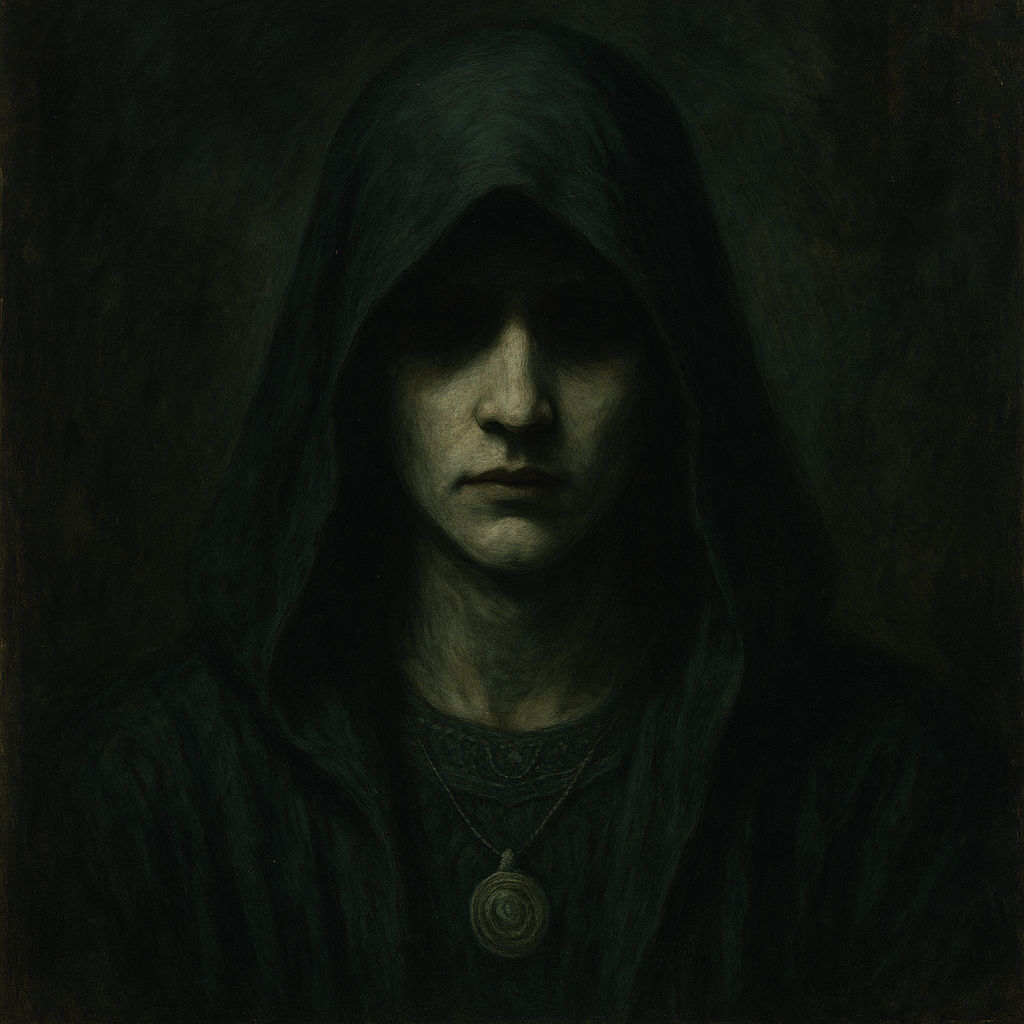
In the silent corridors of Cosmodread, the whispers of forgotten stars echo, weaving a tapestry of fear and wonder. It's a dance with shadows, each step a brush with the abyss.

Cosmodread’s mechanics deftly manipulate player psychology, turning each decision into a calculated gamble. It’s a masterclass in blending tension with strategic gameplay.

In the vast emptiness of Cosmodread's cosmos, the weight of knowing becomes as heavy as the unknown. Every revelation is a burden, a reminder of the price of curiosity.

Cosmodread captivates with its haunting beauty, drawing players into a world where terror and wonder coexist. It's a glimpse into the infinite, where every shadow holds a secret.
You might also like
About the author

Thorne
Name’s Thorne. I don’t scare easy. Horror games are puzzles — and I break puzzles.
